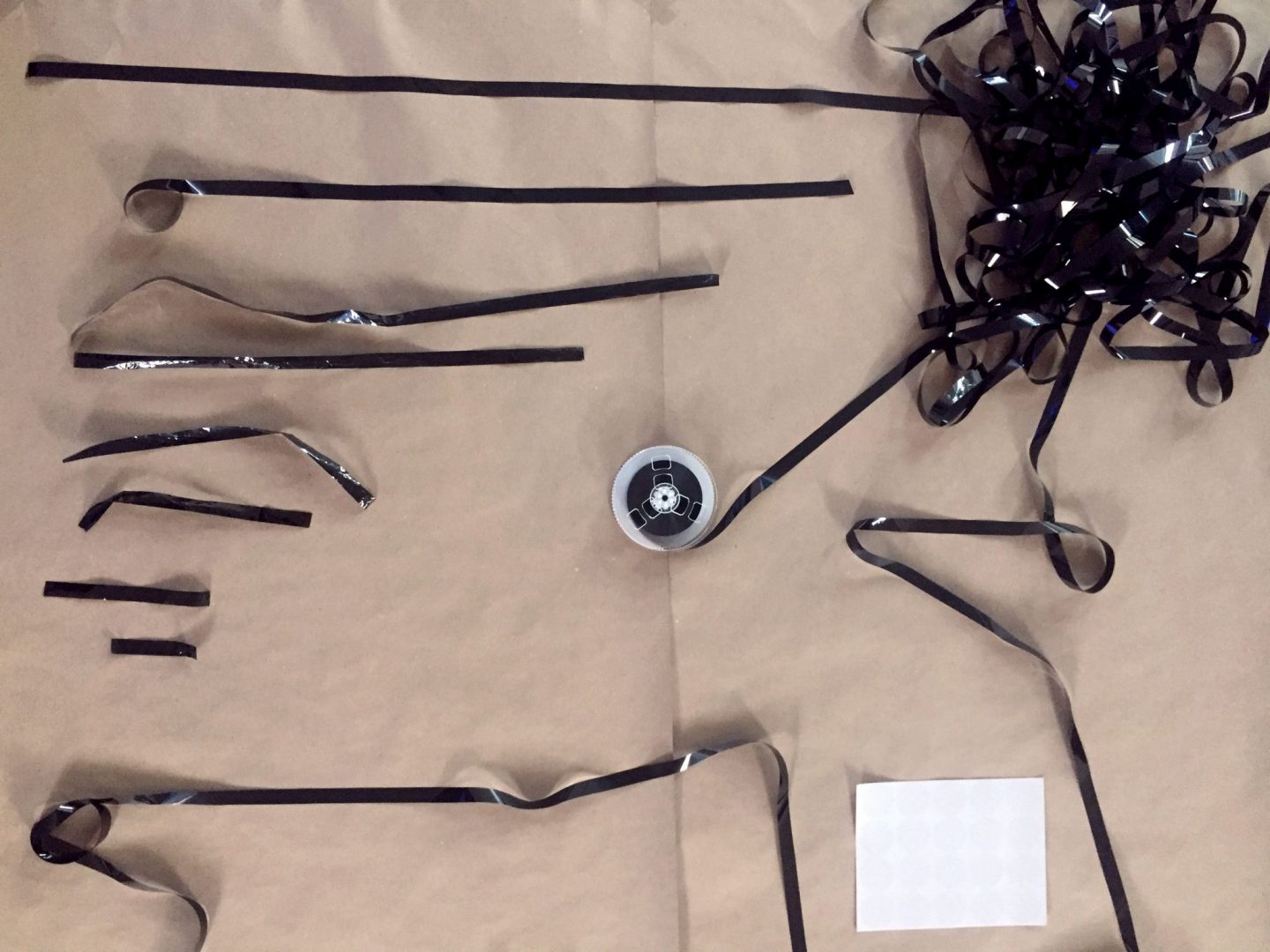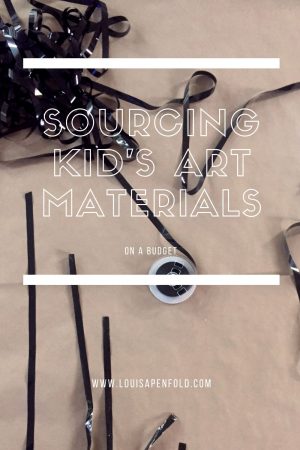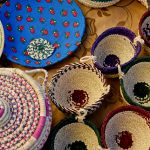Finding materials for children’s art activities can be tricky. Whether you are trying to do this at home, in the classroom or in a community space, it can also be expensive. This post shares 3 hot tips for sourcing children’s art materials on a budget!
Ideally, it would be fab if all art activities had infinite budgets. However, the reality is that often parents, teachers and artists need to be very imaginative and thrifty in finding materials.
Having a limited or no budget is not necessarily the end of the world. Sometimes it can actually encourage adults to use their creativity to invent something cool from the limited resources they have. It creates a kind of ‘creative parameter’ to produce new ideas from.
It is also be inspiring to note that many professional artists use inexpensive materials – what makes their work special is how they experiment with them.
For this approach to work well, you will have to source your materials first and then create an activity around what you have. This is in contrast to deciding on an activity first, for example mask making, then needing to buy a specific set of materials to create that particular thing.
So, rather than deciding on a particular recipe to cook, look at what food you have first and then make something out of that.
Below are three places you could track down art materials for children’s activities:

Ask local shops or parents to collect recyclable materials.
Cardboard boxes, tubes, bubble wrap and plastic containers left over from packaging can all be wonderful materials for children’s art. Perhaps there is a local print shop that you could ask to put aside their excess paper cut-offs. Or a carpet shop that has left-over tubes. A tree surgeon might have some surplus branches to use for nature art activities. You could offer to leave a big plastic bag at the shop for staff to put the materials in. Then drop by once a fortnight to collect them. Of course, not all businesses will be able to donate their surplus materials, but it is worth asking!
If you are a school teacher, you may also ask parents to collect plastic packaging, cardboard boxes or left-over pieces of fabric from home. You could set up a ‘collection point’ in the classroom, like a big box, that they can easily leave the materials in while doing the school drop-off or pick up.
You may like to make sure everything has been thoroughly washed before putting it out for the kids.
Creative recycling centres
Many cities have centres that collect, display and sell repurposed and surplus materials obtained from industrial production or unsold stock. If you are familiar with the Reggio Emilia early childhood approach, these places are often referred to as ‘ReMIDA Centres.’ In England, the term ‘scrap store’ is often used. In these creative recycling centres, people can buy ‘waste’ materials to use as creative resources. These centres also sell large quantities of materials at heavily discounted prices. They also have unusual objects and resources that children may not encounter in their day-to-day lives. Perfect for sparking creativity and imagination!
Thrift stores and $2 shops
Like recycling centres, thrift stores and $2 shops often stock unusual and quirky materials at bargain prices. After checking out the art and craft area, you could also have a look in the homewares and DIY sections for some fun materials and tools. For example, if you are doing a paint activity, you may find some funky kitchen utensils for spreading paint. Or some big adult-size paint rollers that the little ones would love having a play with. I love wondering around thift stores and using my imagination to think of different purposes of things. Not every product needs to be used in its intended way!
And once you have sourced your art materials…
Once you have sourced your materials, you could then have a look on Pinterest or Instagram to see how others have created children’s art activities with them.
For example, if you have a large number of cardboard tubes you could search for the hashtags #cardboardtubes #cardboardart or #cardboardboxcreative to get some ideas and inspiration.
You could also present these inexpensive materials alongside a few pricier art tools or resources. For example, the cardboard tubes could be presented alongside some thick masking tape or cord that children could use to tie the tubes together. If you are doing art activities regularly, these resources could be a good investment as they can be re-used in across different activities.
I hope you find these tips useful!
P.S. I would love to see any art activities you develop that have been inspired by this blog. Please tag me #ArtPlayChildrenLearning so I can cheer you on!
Further Links
The ReMida Centre in Perth, Australia do some wonderful activities for children with recycled materials: https://www.remidawa.com
As does this ReMida Centre in Odense, Denmark: http://www.remidaodense.dk
Related Posts
3 tips for scaffolding children’s play with materials
Creativity and children’s art studios in Reggio Emilia
Using suggestions to support children’s creative learning



